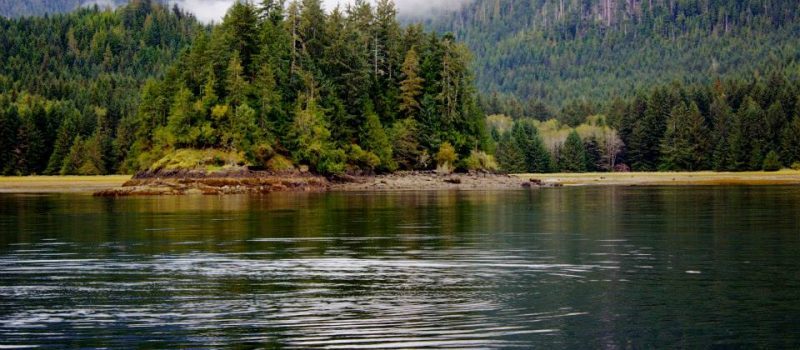This new paper, co-authored with Kate Gannon from LSE and based on her PhD completed under my supervision, is now on-line in the journal GEO: Geography and Environment. Drawing upon ethnography amongst the Haida peoples of British Columbia, it describes the first ever place-based exploration of public perceptions of a real-world geoengineering project.
“Exploring perceptions of ocean fertilization through the Haida Salmon Restoration Corporation.”
Abstract. This paper describes an opportunistic case study of the 2012 Haida Salmon Restoration Corporation’s (HSRC) ocean fertilization project. Anchored in notions of place and identity, the HSRC marks a novel entry point into social research on geoengineering, which enables a more situated engagement with ocean fertilization, in keeping with geographical traditions. The paper combines ethnography with Q-Methodology, to identify clusters of shared meaning around the way in which contestation surrounding the geoengineering ambitions of the HSRC invoked different interpretations about the role and nature of ‘nature’ and human agency. This case study suggests that ‘geoengineering’ will always be performed and interpreted through contextually specific meanings and such local particularities as geography, people, practices and place. Nevertheless, interpretative resources that have been described in relation to a range of geoengineering technologies, (including solar radiation management proposals), through earlier, and less situated, social science literatures, are also traced from this place-based experience of geoengineering. Furthermore, we suggest that our Q-Methodology factors have some interpretative overlap with ideal-typical ‘worldview’ heuristics, used to describe contemporary Western cultural currents in earlier literatures. This connects ocean fertilization in Haida Gwaii with debates about other geoengineering technologies and with wider cultural meanings and literatures that consider the human relationship with nature.


